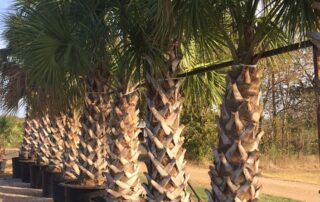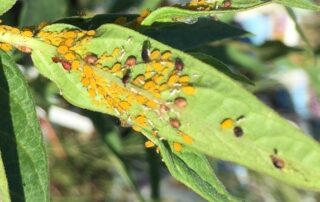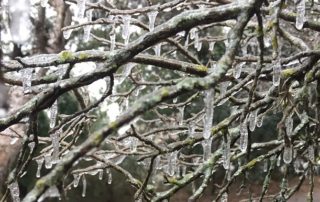Why are My Tomatoes Not Ripening?
Why Aren’t My Tomatoes Ripening? It’s June, and some of you have been wondering why your tomatoes have continued to remain green and are failing to ripen. The short answer is TEMPERATURE. The optimum temperature for tomatoes to ripen is 70° to 75°F. If you were a bit late getting your tomatoes planted and/or the temperature got above 85°-90°F early this year, the ripening process slows or even stops. At these high temperatures the pigments lycopene and carotene, which are responsible for giving the fruit the red or [...]












